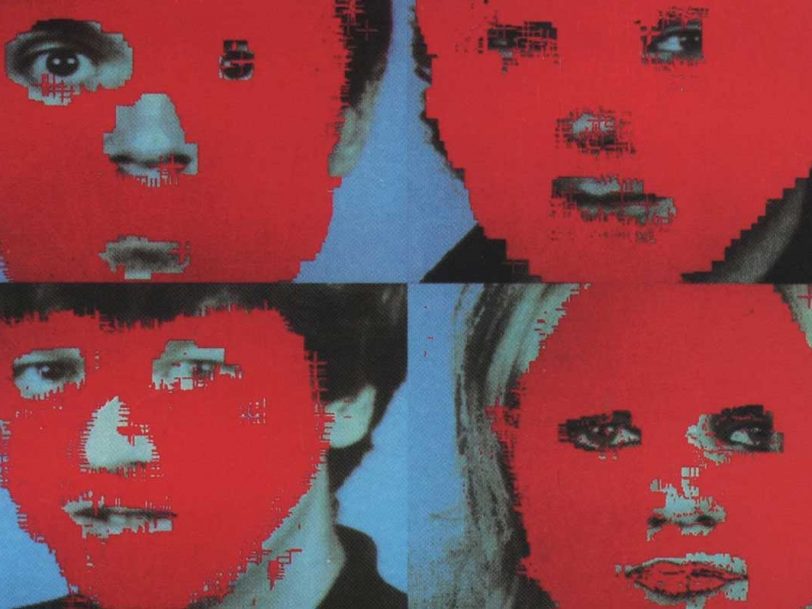Recorded in the summer of 1980, Remain In Light is the sound of Talking Heads rejecting the working methods of mainstream rock music and following their impulses to make a danceable experimental album that, improbably, became their biggest success yet.
Listen to ‘Remain In Light’ here.
“We were interested in sounds that would take us far beyond what people expected”
How did they get there? There’s a telling passage in drummer Chris Frantz’s 2020 autobiography, Remain In Love, in which he remembers his confusion when Rhett Davies (who had recorded and mixed the group’s 1978 album, More Songs About Buildings And Food) announced he was leaving the recording sessions after just three days: “When I asked him why, Rhett said, ‘Every time you play something that sounds like it could be a hit, Brian [Eno, producer] says it sounds too commercial and nixes it. You could be a great pop group but he won’t allow you.’ Well, we were in accord with Brian. We loved pop music, we really did, but now we were interested in creating sounds that would take us deeper and far beyond what people had come to expect from us.”
The foundations had been laid by their previous album, 1979’s Fear Of Music, in particular its opening track, the Afrofunk-inspired heavy groove of I Zimbra. Following that album’s release, the group’s individual members took some time away from Talking Heads, with singer David Byrne collaborating with Brian Eno on the hugely influential My Life In The Bush Of Ghosts, and Frantz and bassist Tina Weymouth embarking upon a long Caribbean holiday, where they soaked up musical influences that would inform the band’s next move.
While Byrne was initially reticent to make another Talking Heads album, Frantz, Weymouth and guitarist Jerry Harrison began jamming in Frantz and Weymouth’s New York City loft. The music that emerged excited them enough to invite Eno and then Byrne over for an informal session, thus getting the band together without the pressure to create. Frantz remembers those jams fondly: “The sound we were creating was a little bit art school, a little bit modern, and had a healthy dose of swinging African and Afro-American polyrhythms.”




